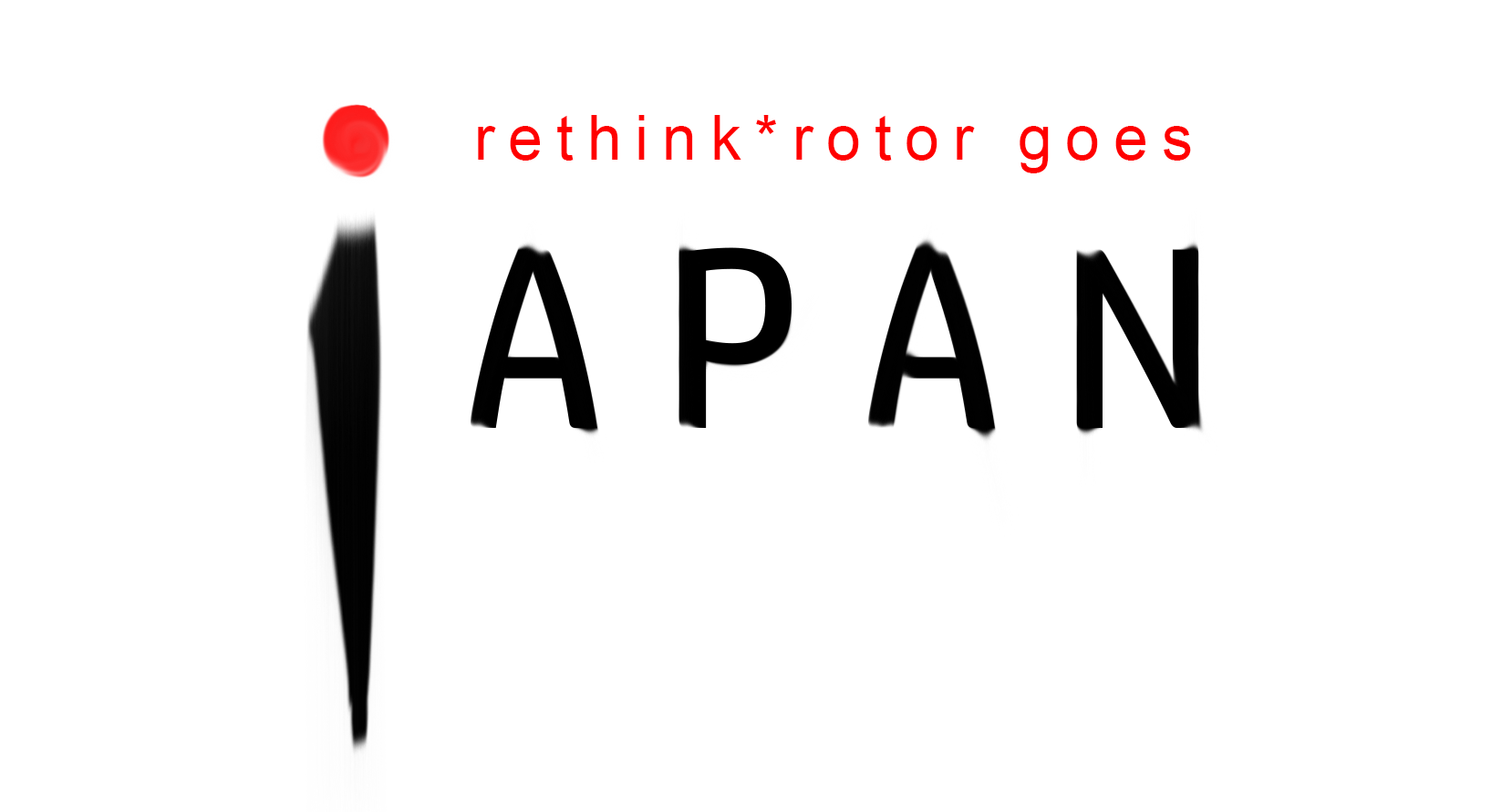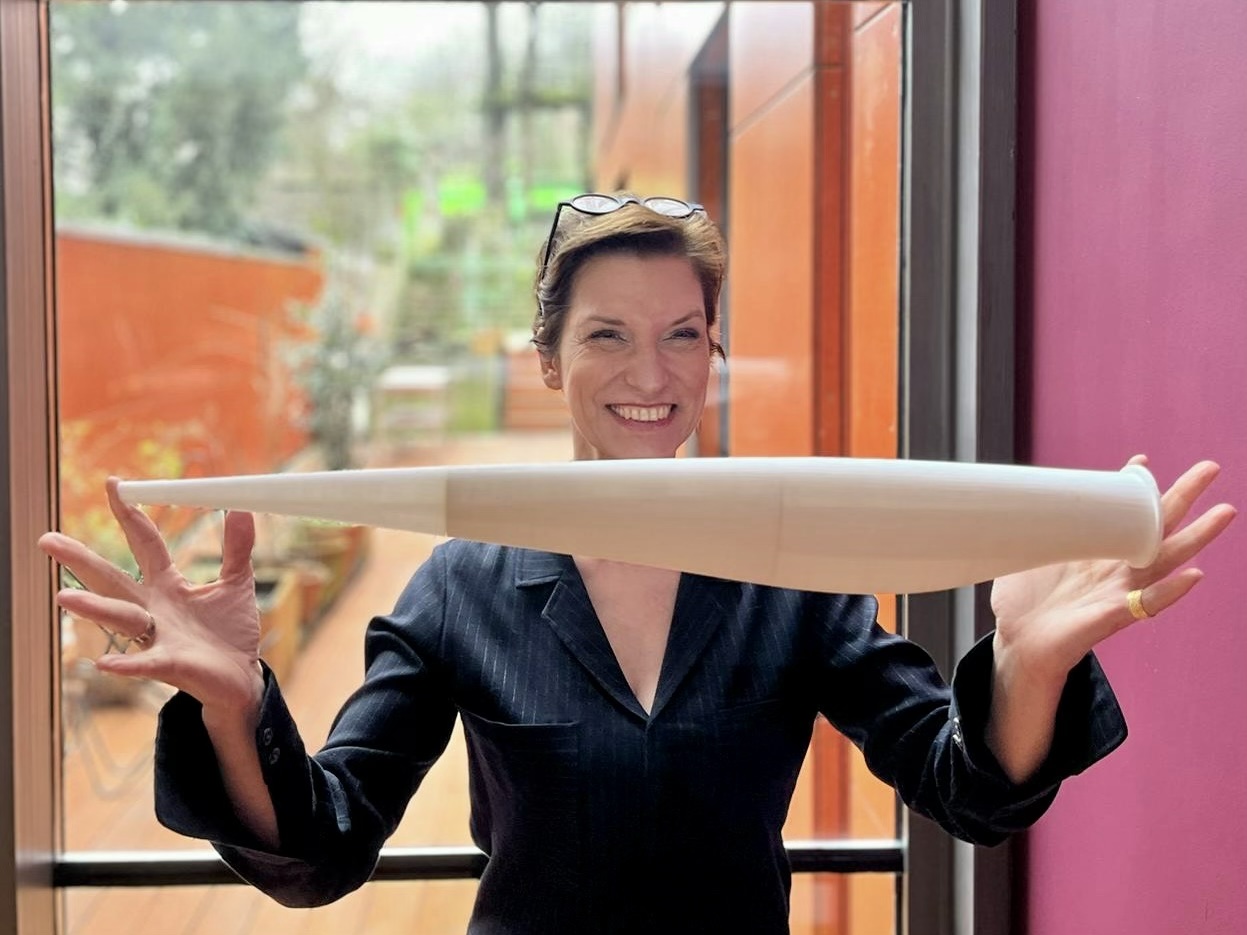

Dipl.-Ing. Architect, Urbanist

Ina-Marie Orawiec, Dipl.-Ing. Architect, Urbanist
OX2architekten GmbH, Aachen
Architecture, Urban Planning, Design
CEO, Co-founder of CreativeLab rethink*rotor
becoming circular by rethink*rotor
Becoming Circular promotes material circularity, energy flow recirculation, and spatial reprogramming offering a pathway towards a more regenerative and low-carbon built environment.
This approach suggests rethinking spatial practice to explore alternative aesthetic imaginaries and methods that integrate reclaimed components, design for future disassembly, organic and metabolic constructive materials, passive atmospheric strategies and spatial reprogramming as an alternative to indiscriminate demolition.
Our built environments have exhausted their capacity for unlimited growth. Alternative means of production may be explored, replacing the speeds of profit and consumption, by proximity policies more aligned with decarbonisation and post-extractivism. This is exactly where the Creative Lab rethink*rotor comes in.
By completing the idea of the circular economy through the repurpose and "reincarnation" of products, attention is drawn to design quality and its benefits for future generations: rotor blades obtained from a dismantled wind turbine can be upgraded as constructively and architecturally usable building elements.
Unlike recycling, which reduces the value of the object to the material it consists of, the "method of reincarnation" highlights the talents created through design.
Following the basic idea of "reincarnation", the cumulative virtues of a product during its „lifetime” are maximized by further developing it in high quality for subsequent use.
Through its design, the material gains form, function, and meaning. These properties of the product enable its continued use in the circular economy. The shift towards a product-based circular economy goes beyond the options of value retention and emphasizes not only the importance of designing products for easy reuse, repair and recycling, but also the high level of reliability and trust that is related with the design performance provided and a successful first phase of service.
Although wind turbines provide green energy, European Law requires them to be dismantled after 20 years. Disposing of the decommissioned wind turbine blades is expensive, toxic and CO2-intensive. At the same time construction industry is the largest consumer of raw materials in the world. The demand for stone, gravel and sand in the last 6 years could have used up Mount Everest. Carrying on like this, will intensify environmental problems, lead to resource shortages and their depletion.
How to transform hazardous waste from the wind energy industry into constructively and architecturally usable building elements of the highest quality?
A high-quality product, such as a rotor blade obtained from a dismantled wind turbine, can be upgraded in post-use as a structural component. Rotor blades not only have excellent properties for construction, such as their stability, low weight, watertightness, durability, corrosion resistance, and non-conductivity. Above all, their optimized shape and functionality give the blades a distinct beauty. Its intelligent repurposing multiplies its value many times over.
These large structural elements made from fiberglass plastic, previously used as rotor blades, now replace steel-reinforced concrete beams in buildings. These strategy includes minimizing construction waste, conserving materials like cement, sand, and steel, and lowering CO₂ emissions. If the wings remain intact, they can fully demonstrate their technical design advantages. The slightly modified wings are used onshore as sound barriers, towers, halls, hangars, greenhouses or stadium roofs, and offshore as pontoons for floating islands.
The true value of the rotor blade is not the material it is made of, but its highly optimized and efficient design!
Unlike recycling, which reduces the value of the object to the material components it consists of, the method of reincarnation highlights the talents created through design. Through its design, the material gains form, function, and meaning.
These properties of the product enable its continued use in the circular economy. The shift towards a product-based circular economy goes beyond the options of value retention and emphasizes not only the importance of designing products for easy reuse, repair and recycling, but also the high level of reliability and trust that is related with the design performance provided and a successful first phase of service.
Reincarnation is the religious concept that the non-physical essence of a living being begins a new life in another physical form or body after biological death. Following this basic idea, the cumulative virtues or talents of a product during its „lifetime” are maximized by further developing it in high quality for subsequent use.
Through the method of reincarnation, this example not only addresses the growing disposal problem in the wind energy industry but also reduces the enormous resource consumption in the construction industry.
Art, culture and design pave the way for a sustainable way of life and economy. The rethink*rotor team designs and constructs solutions for a design- and product-based circular economy: reincarnated - design for eternity!
Yes.